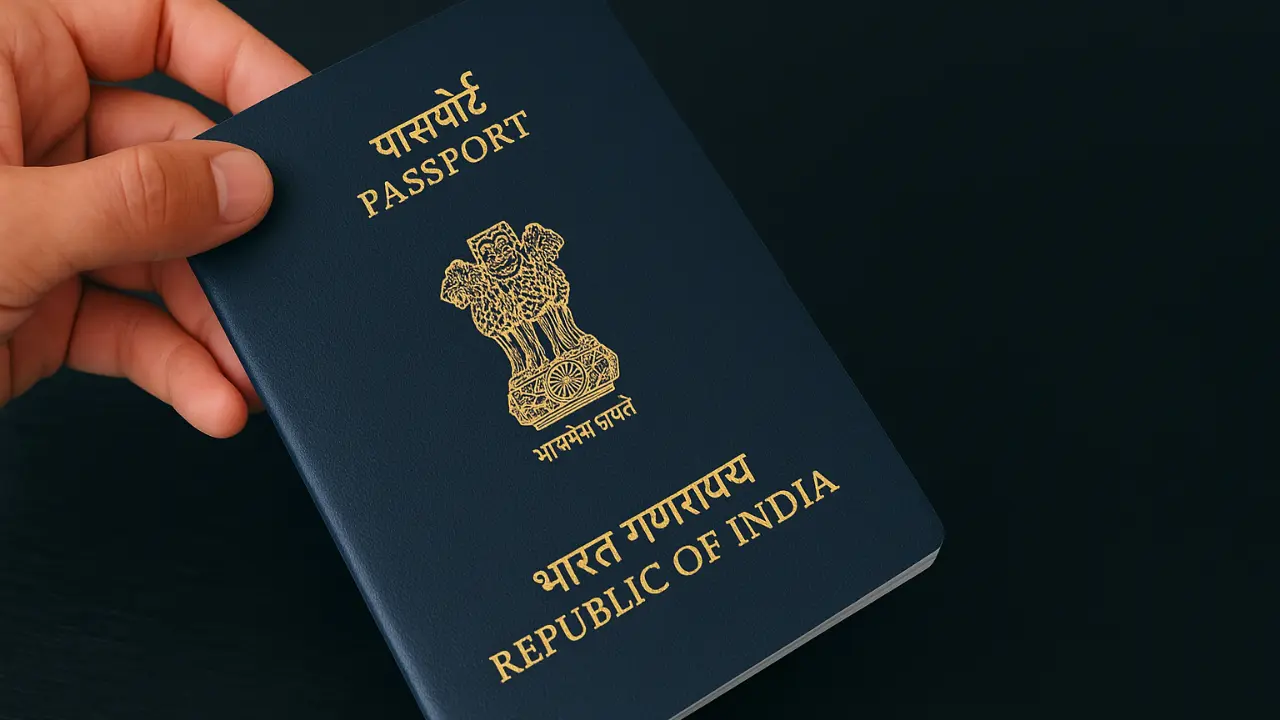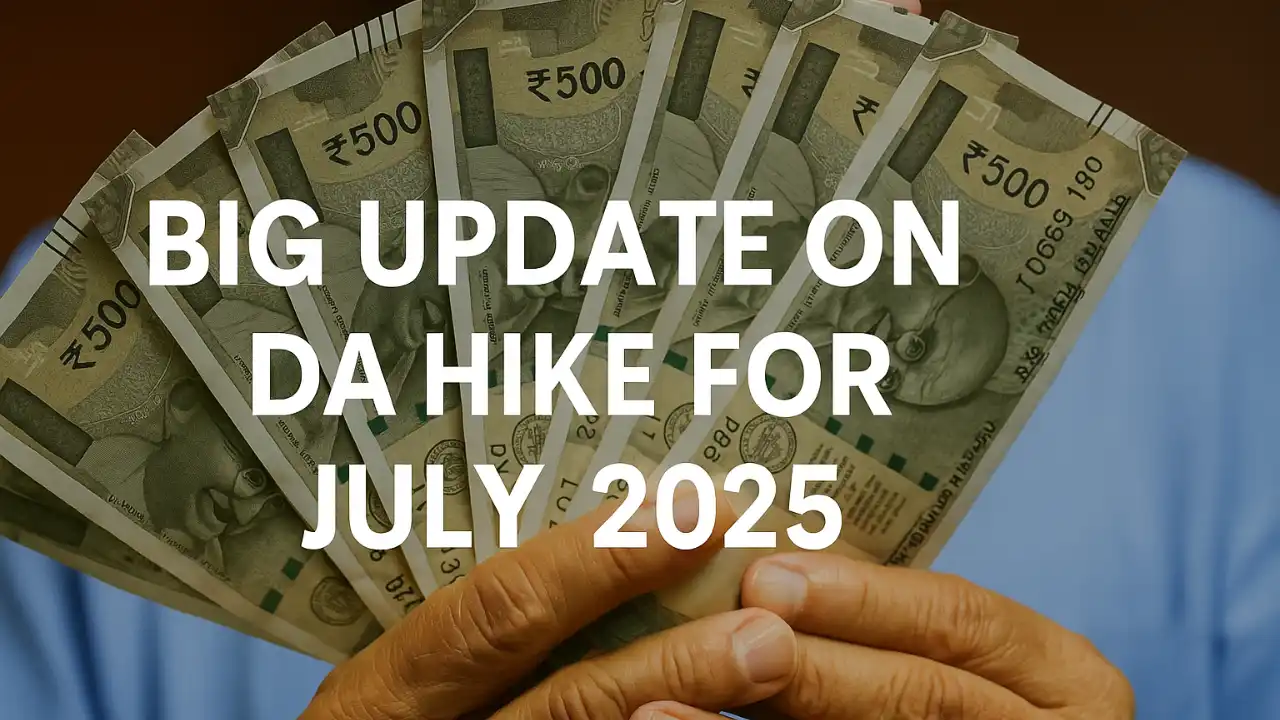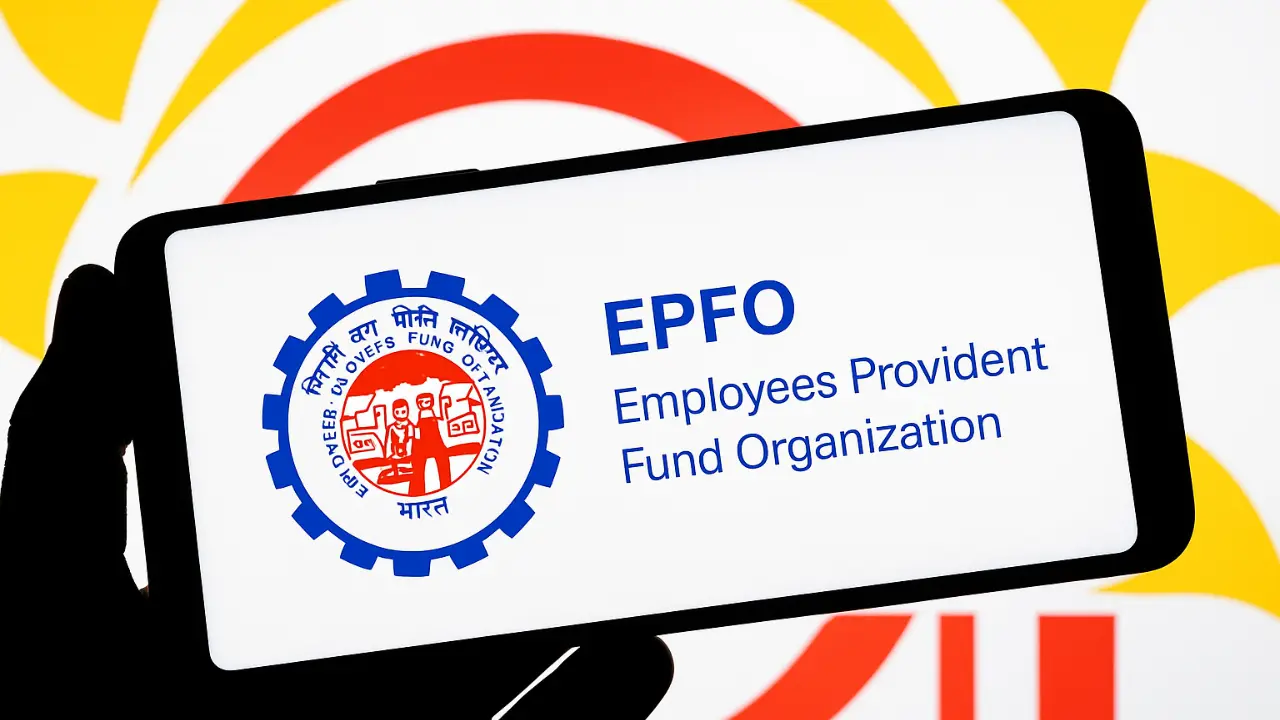India has entered a new digital era in travel documentation as the E-Passport launched in India recently, promising more secure and hassle-free journeys for citizens. If you’re planning international travel, this is a big update you should know about. In this article, we’ll walk you through everything — what an e-passport is, how to apply, fees, benefits, and a lot more in a simple, human-friendly way.
Introduction to E-Passports in India
The Government of India has officially rolled out the e-passport system to modernize and enhance the safety of passport issuance. The move aligns with global standards and promises faster immigration checks and improved identity verification for travelers.
What is an E-Passport?
An e-passport, or electronic passport, is a modern travel document embedded with an electronic microprocessor chip that holds all your personal and biometric data.
Key Differences Between E-Passport and Regular Passport
| Feature | Regular Passport | E-Passport |
|---|---|---|
| Chip Embedded | No | Yes |
| Data Storage | Printed Only | Digital + Printed |
| Security | Basic | Advanced |
| Counterfeit Risk | High | Extremely Low |
| Speed at Immigration | Normal | Faster |
Embedded Chip Technology Explained
Each e-passport has a small chip embedded on the cover page, which stores your biometric data, including facial recognition, fingerprints, and personal details. It is scanned electronically at immigration to authenticate your identity within seconds.
Why India Launched the E-Passport?
Global Trend and Security Standards
Countries like the USA, UK, Germany, and Australia have already adopted e-passports to ensure their citizens enjoy high-level protection against passport forgery and identity theft. India joining this league ensures smoother global travel experiences for its citizens.
How It Benefits Indian Travelers
- Faster immigration clearance
- Reduced fraud risk
- Higher international acceptance
- Enhanced global travel reputation for Indian passports
Who is Eligible for an E-Passport?
Currently, the e-passport is being issued in a phased manner. Priority is being given to new applicants and those renewing their passports. Eventually, it will be available for all citizens applying through official Passport Seva Kendras.
Step-by-Step Guide to Apply for E-Passport in India
Let’s break down the process in simple steps.
Step 1 – Register on the Passport Seva Website
Visit passportindia.gov.in and create an account using your email ID and mobile number.
Step 2 – Fill the E-Passport Application Form
Log in to your account, select “Apply for Fresh Passport” or “Re-issue of Passport,” and fill out the form with accurate information.
Step 3 – Pay the Application Fee Online
Choose a payment method (credit/debit card, UPI, or net banking) and complete the transaction to confirm your application.
Step 4 – Schedule Your Appointment
Book an appointment at your nearest Passport Seva Kendra (PSK) based on availability.
Step 5 – Visit the Passport Seva Kendra
On the appointment day, carry all necessary documents and undergo biometric data collection. The officials will guide you through verification.
Documents Required for E-Passport Application
- Aadhaar Card
- Voter ID/Driving License
- PAN Card
- Old Passport (if renewing)
- Birth Certificate (for minors)
- Proof of Address
- Passport-size photographs (as per specifications)
Fees for E-Passport in India
| Type of Service | 36 Pages | 60 Pages |
|---|---|---|
| Normal | ₹1,500 | ₹2,000 |
| Tatkal | ₹3,500 | ₹4,000 |
Note: Fees may vary slightly based on updates by the Ministry of External Affairs.
Processing Time and Delivery
- Normal: 7–10 working days
- Tatkal: 1–3 working days
Once printed, the e-passport is securely delivered to your registered address via India Post.
E-Passport Security Features
Here are some futuristic features that make e-passports unbeatable:
- RFID chip with biometric data
- Contactless scanning
- Anti-skimming technology
- Digital signature authentication
- ICAO-compliant design
Where is the E-Passport Currently Available?
Initially, e-passports are being issued from Delhi and Bengaluru. Gradually, the scheme will be rolled out across all Passport Seva Kendras and Indian embassies abroad.
Common Mistakes to Avoid During Application
- Using mismatched address proofs
- Submitting unclear photographs
- Typing errors in application form
- Missing your appointment without rescheduling
- Not carrying originals of submitted documents
Future of E-Passports in India
With the e-passport launched in India, we’re stepping into a smarter future. Authorities aim to integrate AI-based verification, real-time tracking, and global recognition, making Indian passports truly world-class.
Highlights of the E-Passport Launch
- Launched by the Ministry of External Affairs
- Chips developed by Indian Security Press
- Test-run successfully completed in 2022
- Expected to reach 100% implementation by 2026
Conclusion
The E-Passport launched in India is more than just a modern upgrade—it’s a symbol of secure and seamless international travel for Indian citizens. With its biometric chip, faster processing, and global recognition, this passport is your ticket to a hassle-free journey. If you’re applying or renewing your passport soon, consider getting the e-passport and experience the difference for yourself.
FAQs
Q1. Is the e-passport mandatory in India?
No, it is currently optional but will gradually replace traditional passports.
Q2. Can I convert my regular passport to an e-passport?
Yes, during renewal or re-issue, you can apply for an e-passport.
Q3. Are e-passports safe to use?
Absolutely! They use encrypted biometric technology that prevents tampering and duplication.
Q4. How do I know if my passport is an e-passport?
An e-passport has a small chip logo printed on the front cover, indicating its electronic nature.
Q5. Can I apply for an e-passport offline?
No, currently, the application process is only available online through the Passport Seva website.
Catch today’s top stories and trending updates across News, Entertainment, Business, and Sports. Dive into expert Finance insights, market trends, and smart investment tips in our Finance hub.



















Leave a Reply